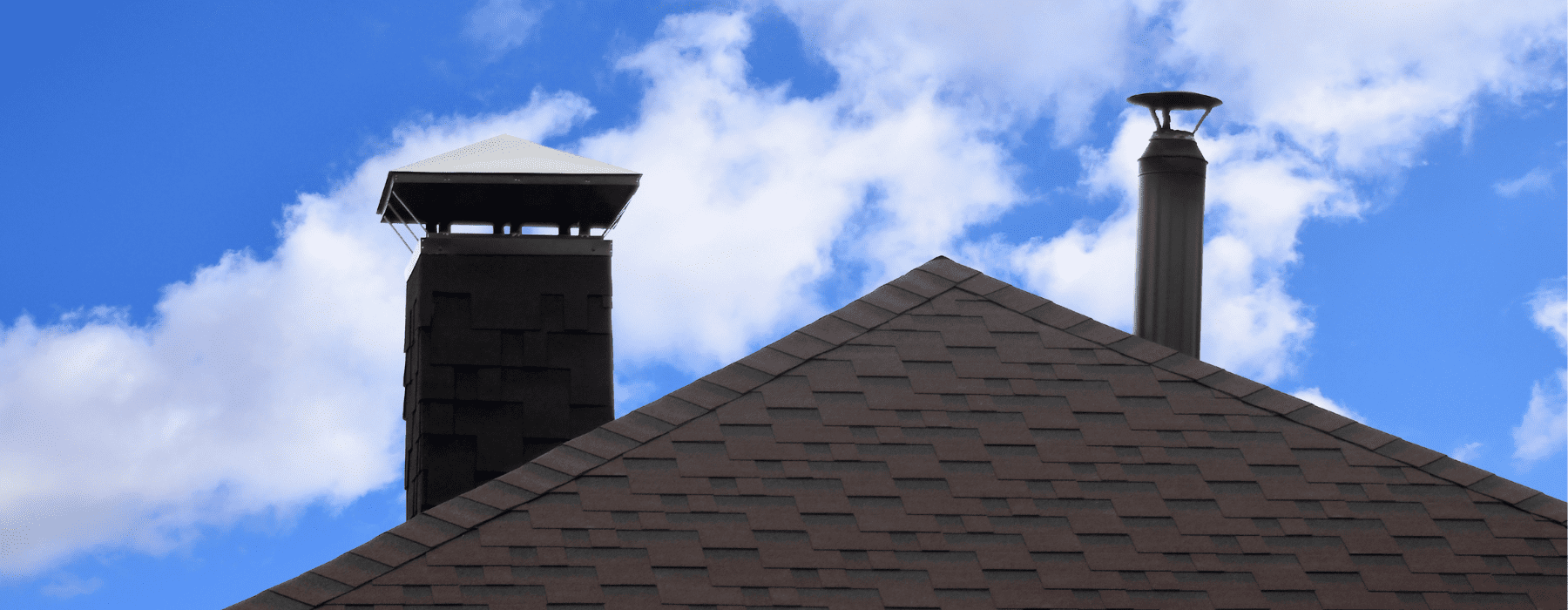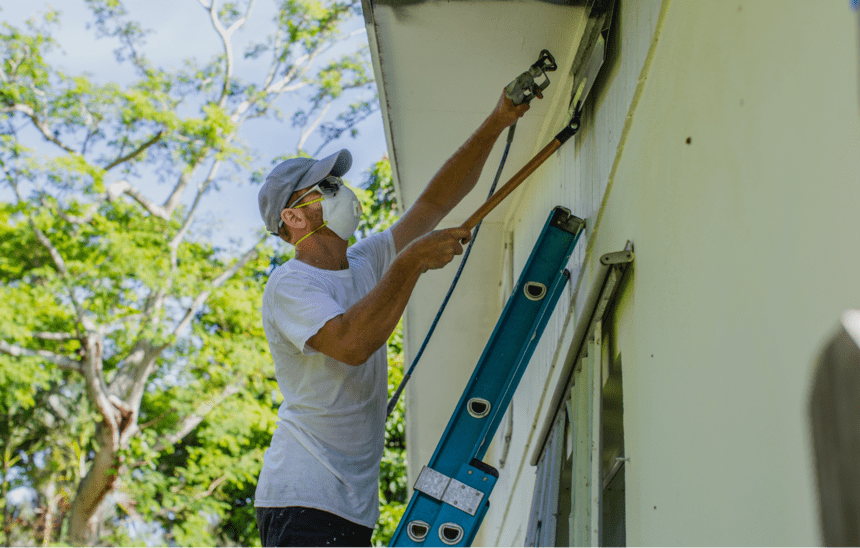Which is Best for Your NY Roof?
New York’s weather can be harsh, with hot summers and icy winters, and your roof is your first line of defense against the elements. If you’re noticing frequent leaks, energy inefficiency, or just wear and tear on your roof, it might be time to consider a roof coating. But with so many options on the market, choosing the right one can feel overwhelming. As experts in roof coatings with years of experience protecting NY homes, we understand your concerns and are here to guide you through your options. This article will help you understand the differences between elastomeric and silicone roof coatings, so you can make the best choice for your home.
What Are Silicone Roof Coatings?
Silicone roof coatings, on the other hand, are the heavy-duty protectors. They are made from silicone, a material known for its durability and resistance to weathering. Silicone coatings are especially good at standing up to ponding water, making them ideal for flat roofs common in New York City. They also maintain their elasticity and effectiveness in extreme temperatures and UV exposure, which helps in prolonging your roof’s lifespan.
What Are Elastomeric Roof Coatings?
Elastomeric roof coatings are like a super-elastic band for your roof. They can stretch and move as your roof expands and contracts with the changing temperatures, which is crucial in a place like New York. Made primarily from polymers like acrylics or butadiene, elastomeric coatings form a seamless barrier that is both waterproof and capable of reflecting sunlight. This not only prevents leaks but can also help keep your home cooler in the summer, potentially lowering air conditioning costs.
Comparing Elastomeric and Silicone Roof Coatings
When deciding between elastomeric and silicone roof coatings, consider a few key factors:
- Weather Resistance: Both options provide excellent protection against New York’s diverse weather, but silicone has a slight edge in areas with more frequent water ponding.
- Longevity and Durability: Silicone coatings often last longer than elastomeric ones, although both will significantly extend the life of your roof.
- Ease of Application and Maintenance: Elastomeric coatings are easier to apply and can be re-coated more straightforwardly than silicone, which may require specialized cleaning procedures before reapplication.
Cost Analysis: Elastomeric vs. Silicone Roof Coatings
Considering the cost, elastomeric coatings are generally more affordable upfront than silicone. However, the longevity of silicone might offer better long-term value, especially if you’re planning to stay in your home for many years. Also, both coatings can reduce energy costs by improving your home’s insulation and reducing the need for heating and cooling.
Environmental and Health Considerations
Both elastomeric and silicone roof coatings are environmentally friendly, but silicone is particularly notable for its low VOC (volatile organic compound) content. Regarding health, both materials are safe for residential use, and neither emits harmful odors during or after application.
Making the Best Choice for Your NY Roof
Choosing the right roof coating depends on your specific needs. If you’re looking for cost-effective, easy-to-maintain protection, elastomeric might be the way to go. But if longevity and resistance to harsh weather conditions are your priorities, silicone could be a better investment.
Common Questions About Roof Coatings in NY
Can I apply these coatings myself?
No it’s possible, professional application is recommended for optimal results.
How long do roof coatings take to dry?
Typically, they dry within 24 hours, but this can vary based on weather conditions.



